The world of big cats is as mesmerizing as it is mysterious. These majestic creatures, often roaming vast territories, feature a range of intriguing social structures. From solitary prowlers to family-oriented prides, big cats exhibit complex behaviors and adaptations that help them survive and thrive in diverse environments. This exploration of their social dynamics offers a glimpse into their lives and emphasizes the remarkable intelligence and adaptability of these felines.
Understanding Solitary Big Cats
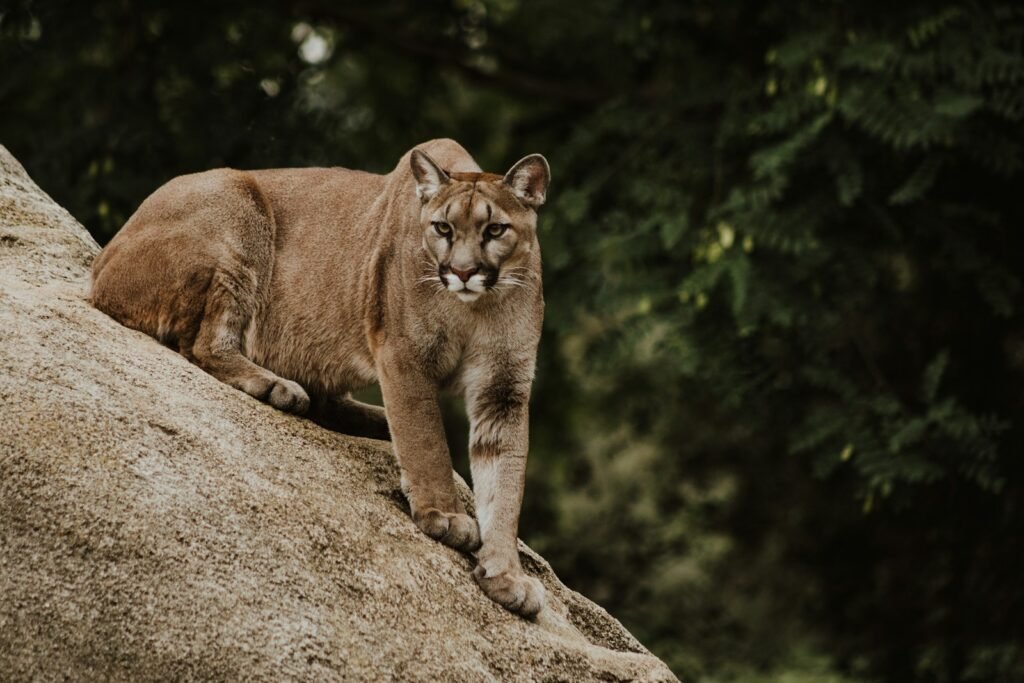
Most big cats, such as leopards and tigers, are traditionally solitary animals. This lifestyle minimizes competition for resources like food and territory, thus enhancing their survival chances in densely populated or resource-limited areas. Although they spend most of their time alone, solitary big cats communicate with others through various methods, such as scent markings, roars, and visual signals.
The Pride of Lions

Lions are unique among big cats, as they live in social groups known as prides. A pride typically consists of related females, their cubs, and a few breeding males. This social structure allows them to defend large territories and hunt more efficiently as a team. The lionesses often work together to take down prey, showcasing exceptional coordination and cooperation.
The Role of Male Lions in the Pride
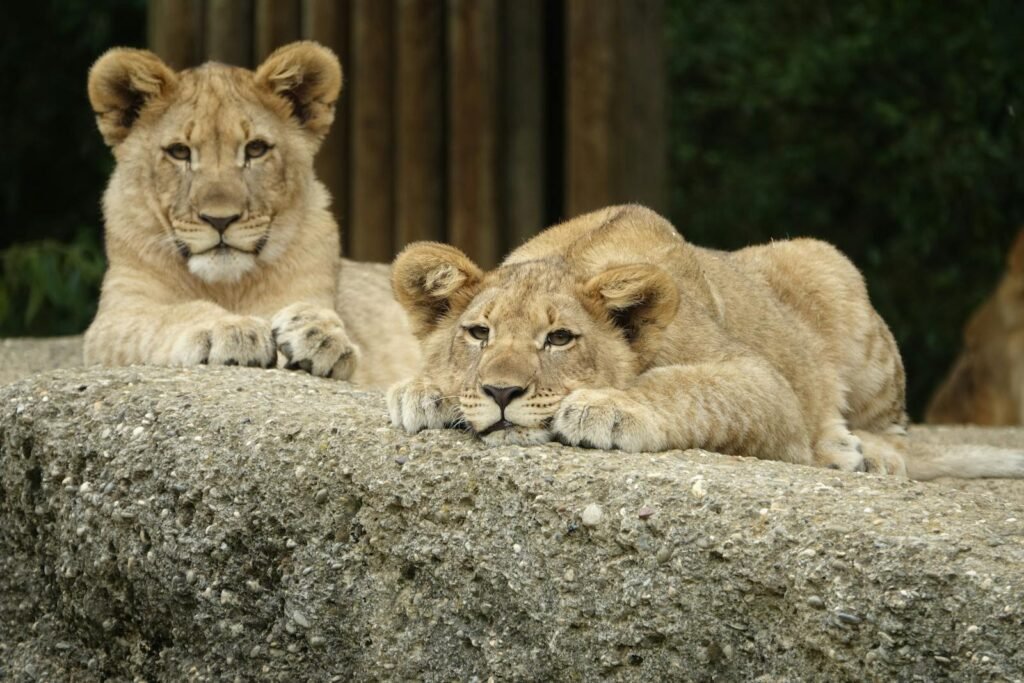
Male lions play a crucial role in the pride by safeguarding territory against rival males and threats. While they may not participate frequently in hunts, their presence is vital for the pride’s stability. The takeover of a pride by new male lions can lead to the cub’s endangerment, but it also brings fresh genetic diversity to the group.
Maternal Bonds Among Big Cats
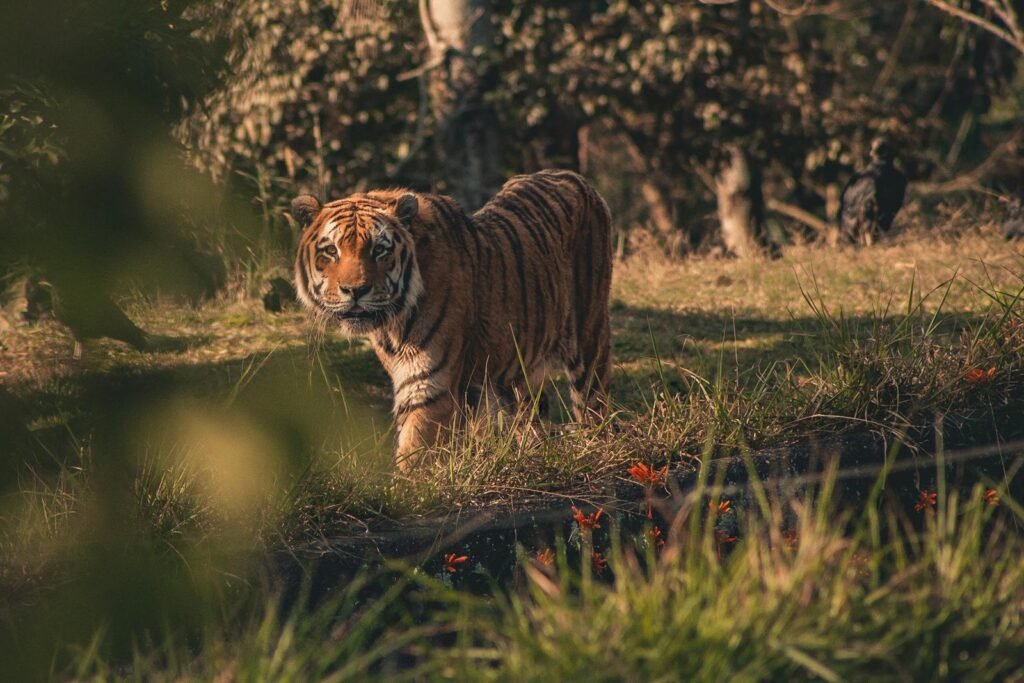
In both solitary and social structures, mothers play a vital role in nurturing and educating their young. Female tigers, for instance, invest significant effort in raising their cubs, teaching them essential survival skills before they venture out independently. This maternal care ensures that the cubs are well-prepared for the challenges of the wild.
Communication Through Vocalization
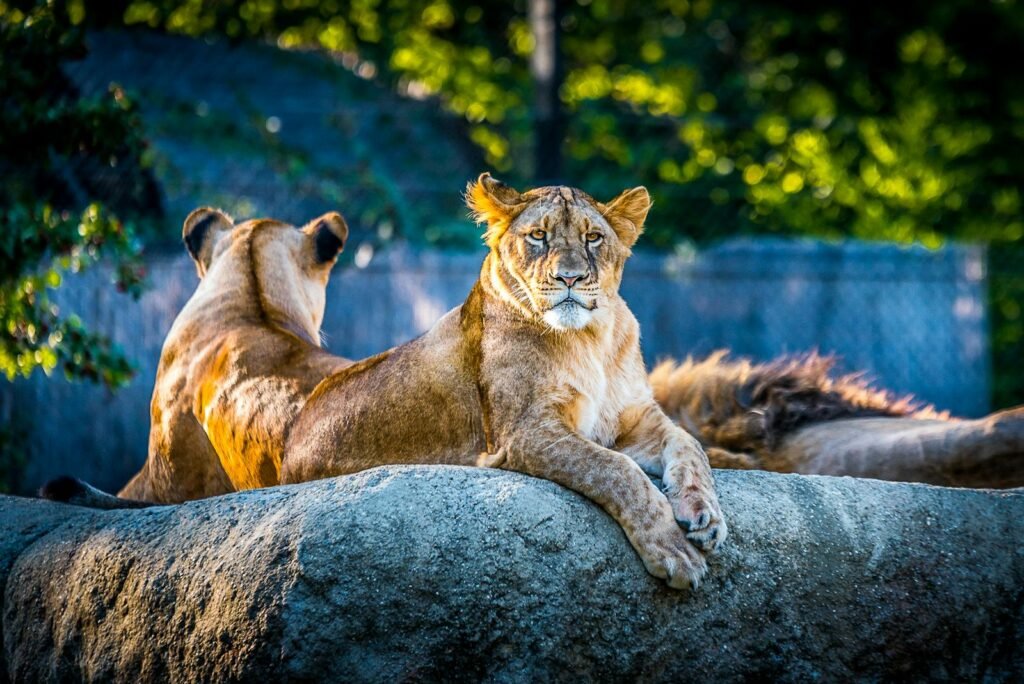
Vocal communication is a fundamental aspect of big cat social structures. Roaring is not only a method of asserting dominance and staking territory but also a way to communicate with other cats over long distances. For instance, a lion’s roar can be heard up to five miles away, illustrating the power and importance of sound in maintaining social connections.
The Importance of Territory
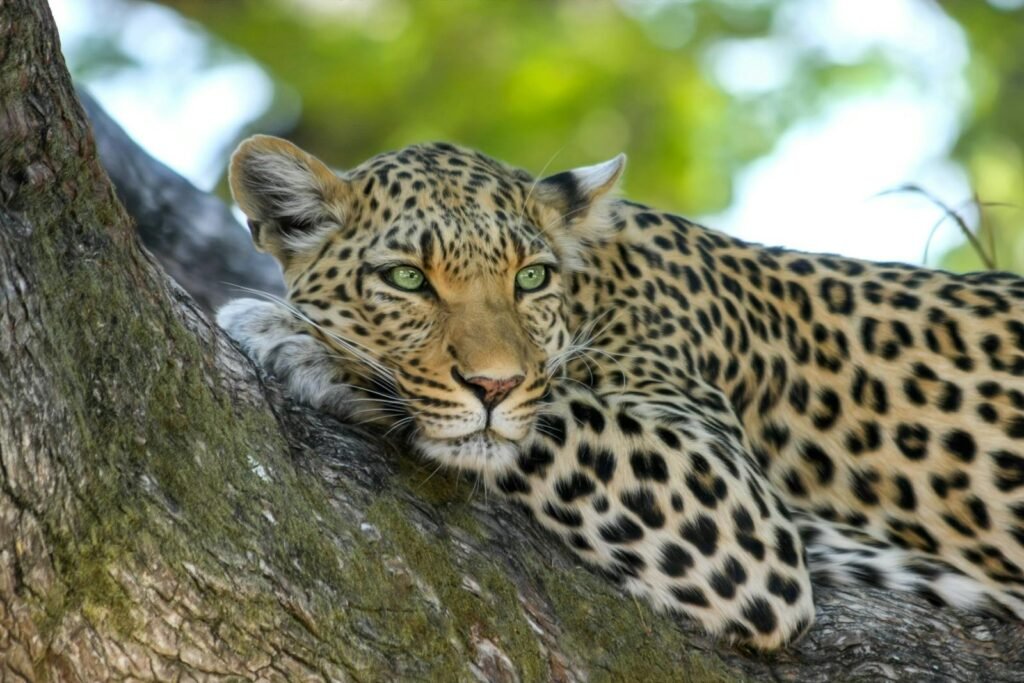
Territory is a critical concept in the lives of big cats, affecting their social behavior and interactions. Each species marks and defends its territory uniquely. Tigers, for example, rely heavily on scent markings and visual cues to establish boundaries, while lions use vocalizations and patrols to remind rivals of their presence.
Cooperation Among Cheetah Coalitions
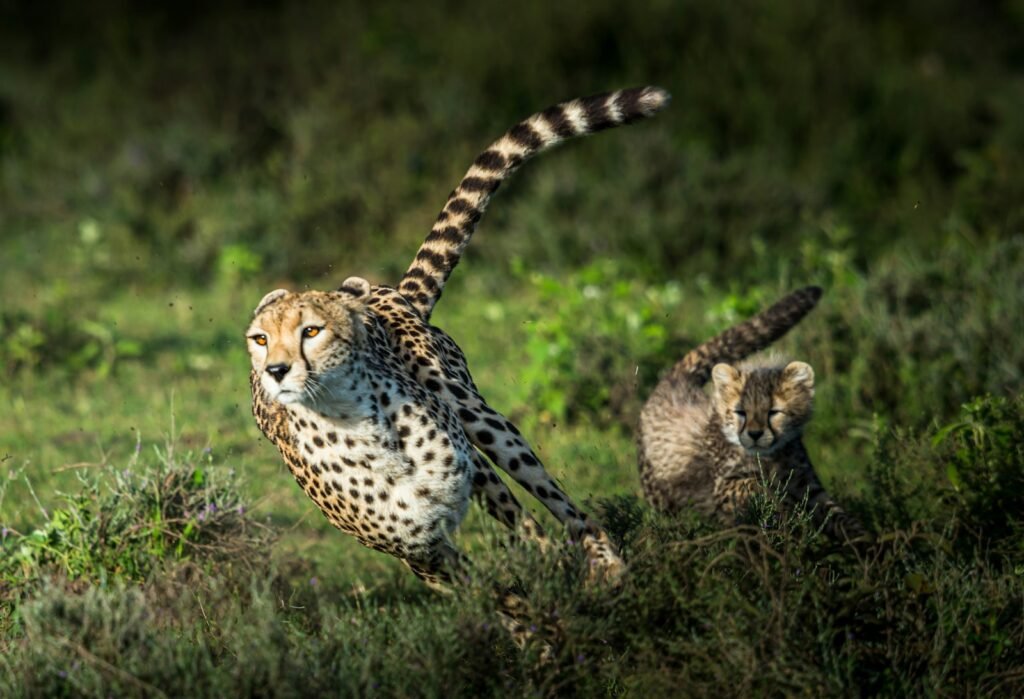
While most cheetahs lead solitary lives, male cheetahs sometimes form coalitions, usually with brothers from the same litter. These coalitions improve their ability to hunt and defend against predators. Unlike lion prides, cheetah coalitions focus on mobility and agility rather than collective territory control.
Defense Strategies Against Predators
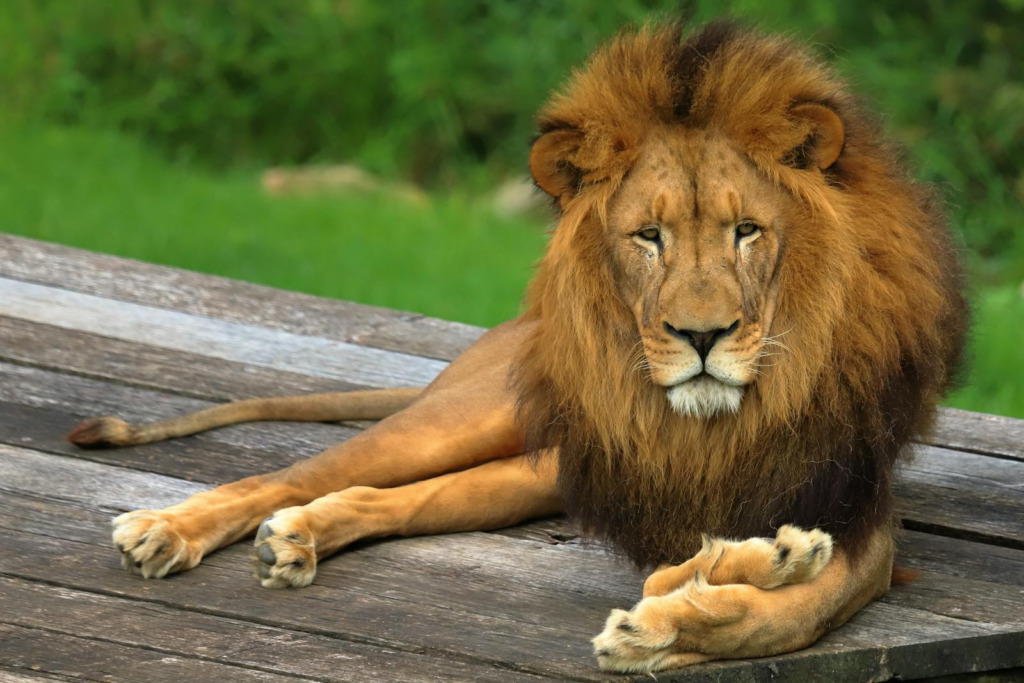
Big cats have evolved various strategies to defend against predators and rivals. Solitary cats like leopards rely on camouflage and stealth, while social species like lions may use their numbers to intimidate threats. These defensive strategies highlight their adaptability and keen survival instincts.
The Unique Social Structure of Jaguars
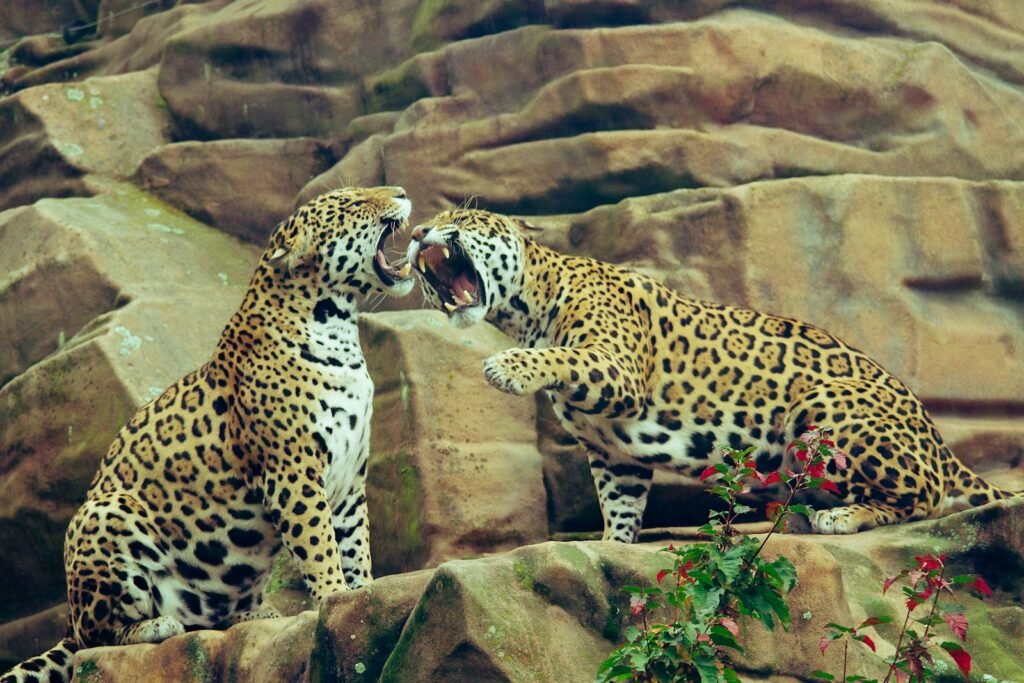
Jaguars, found mainly in the dense rainforests of South and Central America, are typically solitary. However, they show a unique social dynamic through overlapping territories where males and females associate intermittently. This behavior ensures encounters for mating while preventing direct competition for resources.
Adaptability to Changing Environments
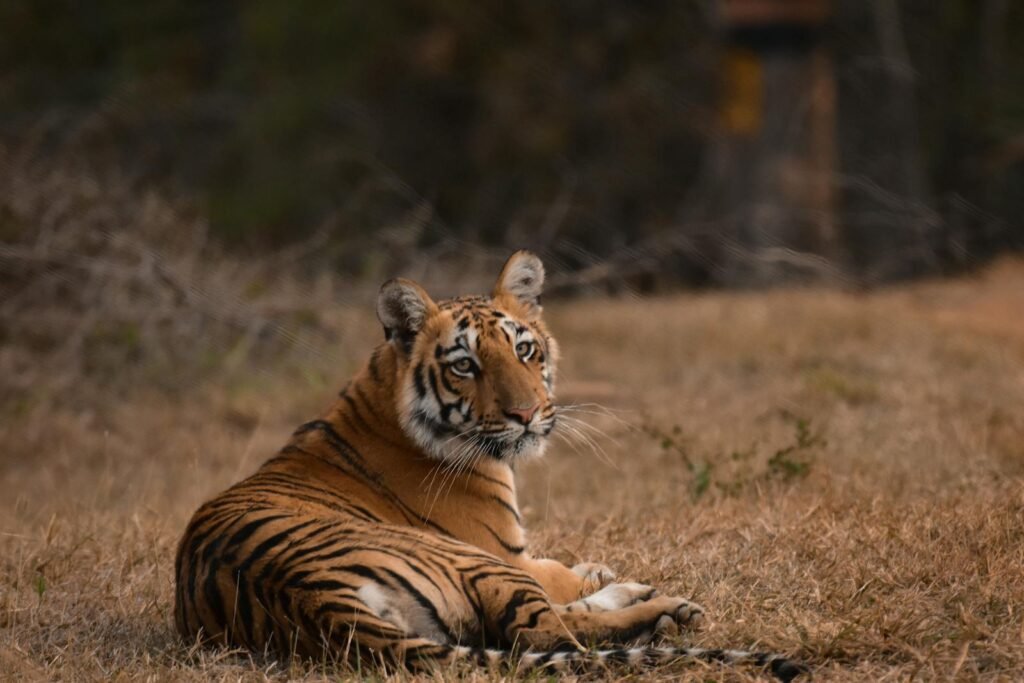
The resilience of big cats is also visible in their adaptability to changing environments. Whether adapting hunting techniques to new prey or modifying social behaviors due to habitat loss, these animals demonstrate significant flexibility in the face of environmental pressures. Understanding these adaptations offers insights into their long-term survival strategies.
Observations in Captivity
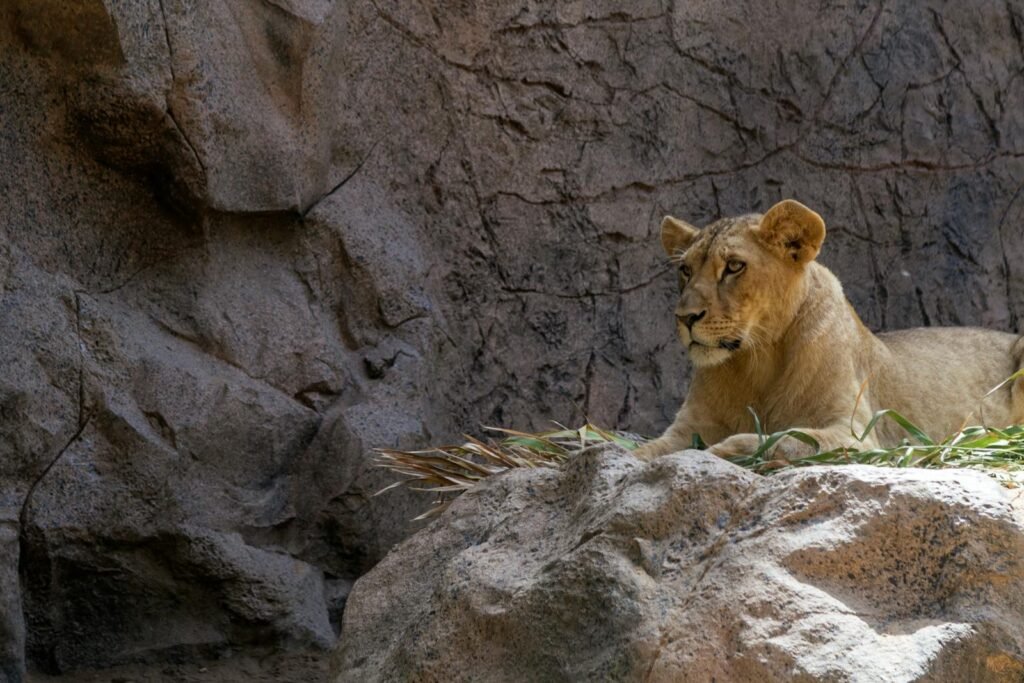
Studying big cats in captivity has provided valuable insights into their social structures and behaviors. Zoo environments, while different from the wild, can mimic natural social interactions, offering researchers a controlled setting to observe social dynamics and foster conservation efforts that support their needs.
Conservation Efforts Focused on Social Structures
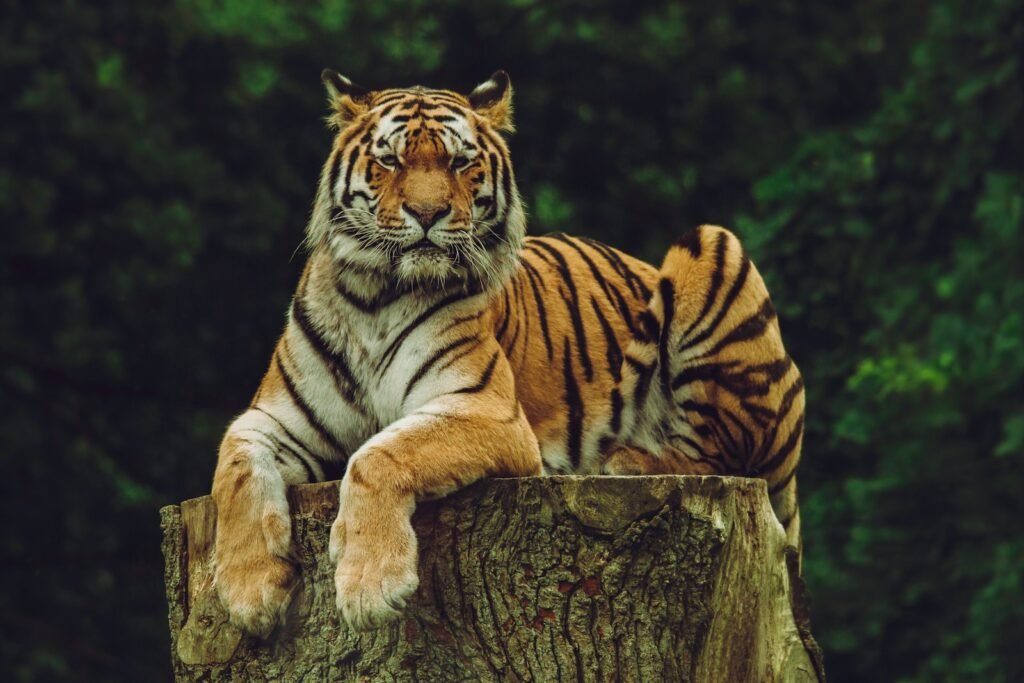
Recognizing the importance of social structures in big cat populations, conservation efforts often focus on preserving habitats that support natural social behaviors. Protecting these habitats ensures that these magnificent creatures can continue to thrive in their traditional social groups, whether solitary or communal.
The Future of Big Cat Populations

Despite the challenges posed by habitat loss and human activity, there is hope for the future survival of big cat species. Through international cooperation and increased understanding of their social structures, conservationists strive to protect these icons of the animal kingdom. Continued research and public awareness are crucial in ensuring these predators remain an integral part of our planet’s biodiversity.
In conclusion, the social structures of big cats are as diverse as they are fascinating. From solitary hunters to cooperative prides, these behaviors offer a captivating glimpse into the lives of these majestic creatures. By understanding their complex social dynamics, we can better appreciate their role in the natural world and advocate for their preservation, ensuring that future generations can continue to marvel at their majesty.

Suhail Ahmed is a passionate digital professional and nature enthusiast with over 8 years of experience in content strategy, SEO, web development, and digital operations. Alongside his freelance journey, Suhail actively contributes to nature and wildlife platforms like Feline Fam, where he channels his curiosity for the Feline into engaging, educational storytelling.
With a strong background in managing digital ecosystems — from ecommerce stores and WordPress websites to social media and automation — Suhail merges technical precision with creative insight. His content reflects a rare balance: SEO-friendly yet deeply human, data-informed yet emotionally resonant.
Driven by a love for discovery and storytelling, Suhail believes in using digital platforms to amplify causes that matter — especially those protecting Earth’s biodiversity and inspiring sustainable living. Whether he’s managing online projects or crafting wildlife content, his goal remains the same: to inform, inspire, and leave a positive digital footprint.






